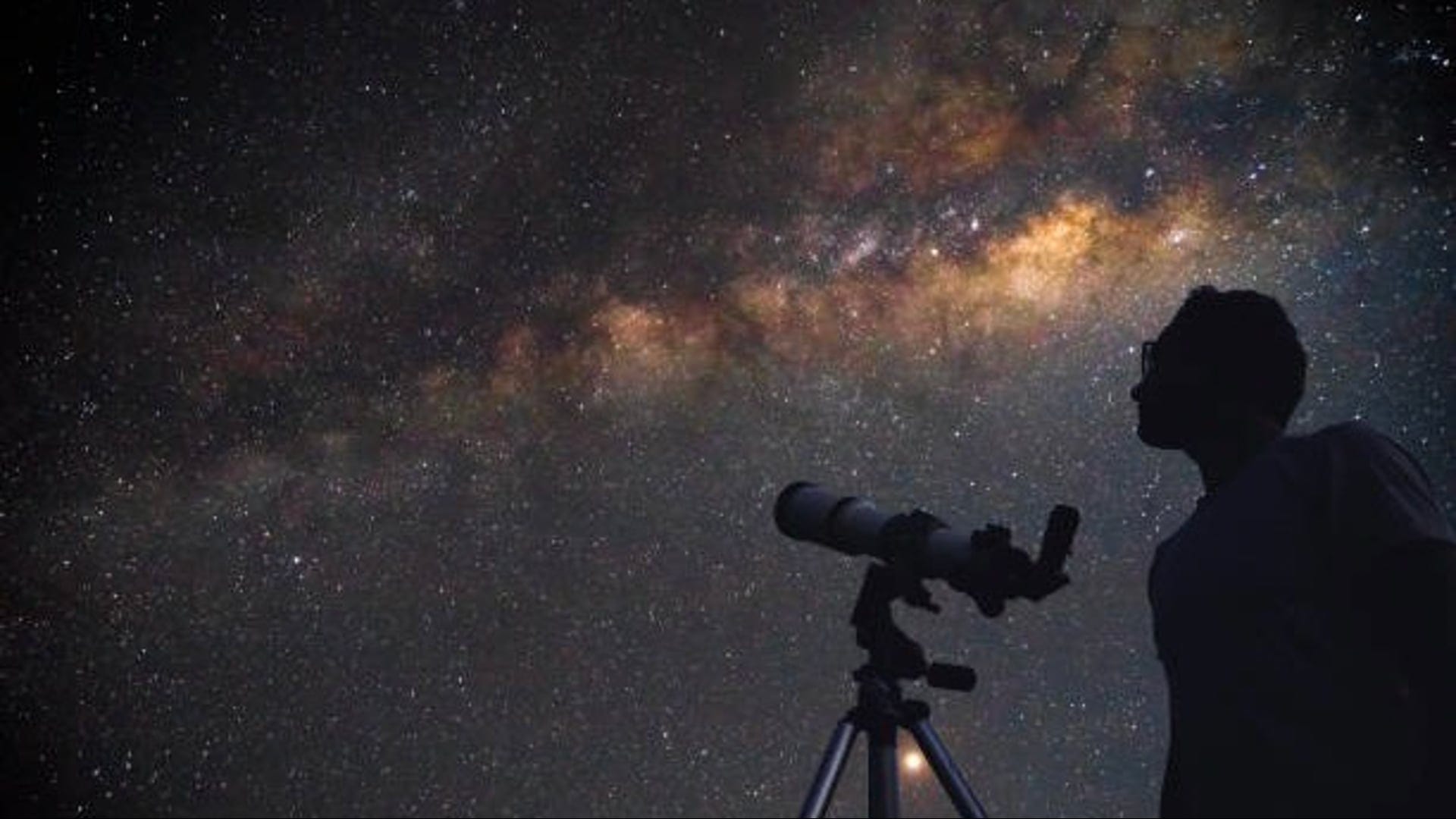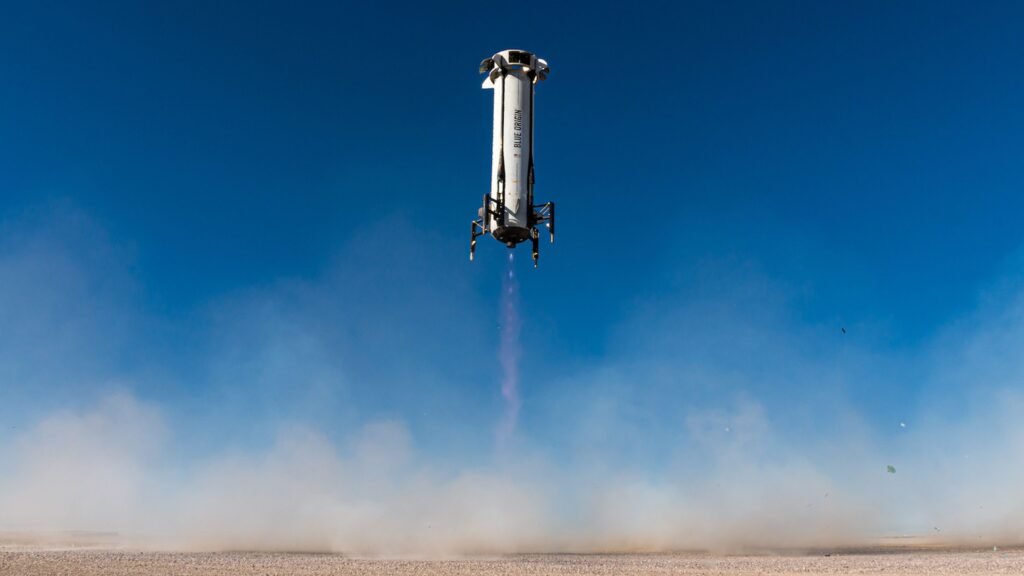Now Reading: NASA sounding rocket launches from New Mexico to study sun
-
01
NASA sounding rocket launches from New Mexico to study sun
NASA sounding rocket launches from New Mexico to study sun

States like Florida, Texas and California are no strangers to rocket launches, but spaceflights in New Mexico may often be overlooked. Here’s what’s happening in the desert.

NASA’s advice for best viewing experience of the Perseid Meteor Shower
The Perseid Meteor Shower, an annual cosmic event, offers a dazzling display of up to 75 meteors per hour.
unbranded – Newsworthy
- Smaller spacecraft known as sounding rockets sometimes launch from New Mexico on scientific missions for NASA.
- A sounding rocket recently launched from White Sands, New Mexico, with equipment to study one of the most complex regions of the sun’s atmosphere.
- NASA’s sounding rocket program has been around for more than 40 years.
States like Florida, Texas and California are no strangers to routine rocket launches − but New Mexico?
Spacecraft also sometimes get off the ground from the state.
Space news coverage may be headlined by crewed missions to the International Space Station from Cape Canaveral or SpaceX’s latest test of its enormous Starship spacecraft from the Lonestar State.
But in the oft-overlooked state of New Mexico, smaller rockets often get off the ground from a NASA test site in the remote desert. The latest of the spacecraft, known as sounding rockets, most recently made a successful quick trip to space to study one of the most complex regions of the sun’s atmosphere following a New Mexico launch.
Here’s everything to know about sounding rockets and the latest NASA mission from New Mexico near the Texas border.
NASA launches sun-studying mission from White Sands, New Mexico
The latest sounding rocket mission in New Mexico got off the ground around 3 p.m. local time Friday, July 18, at NASA’s White Sands Space Harbor in New Mexico, located near the border of Texas about 60 miles north of El Paso.
Residents in the local area around White Sands may have been able to spot the sounding rocket and its contrail when it launched, a NASA spokesperson confirmed to USA TODAY.
The mission was expected to last no more than about 15 minutes, NASA said in a press release. After launching, the sounding rocket took about 90 seconds to reach space and point toward the sun, another eight minutes to conduct the experiment on the chromosphere, and no more than five minutes to return to Earth’s surface.
Upon landing, the rocket was expected to drift between 70 to 80 miles from the launchpad so mission operators on the ground could ensure it would land safely in the large, empty desert, according to NASA.
What are sounding rockets?
NASA’s sounding rocket program has for more than 40 years carried out missions to launch scientific instruments into space.
Sounding rockets are much smaller than an average spacecraft that may launch on an orbital flight from major spaceports like the Kennedy Space Center in Florida or the Vandenberg Space Force Base in Southern California.
NASA’s fleet of sounding rockets range anywhere in height from about 16 feet tall to about 70 feet tall. The Black Brant IX, the sounding rocket selected for the most recent launch from New Mexico, stands nearly 60 feet tall.
For comparison, SpaceX’s famous two-stage Falcon 9 rocket – one of the world’s most active for both human and cargo missions alike – stands at 230 feet tall when fully stacked. And the commercial spaceflight company’s Starship megarocket, which is still in development, stands at an imposing 400-feet tall when both the crew capsule and Super Heavy rocket booster are integrated.
Because of their diminutive stature, NASA says soundings rockets are ideal for quick trips at lower speeds to regions of space that are too low for satellites and other spacecraft to conduct observations. And because sounding rockets don’t require expensive boosters, missions costs also tend to be substantially less than other orbiter missions, according to the space agency.
Where does NASA launch sounding rockets? Missions occur in Virginia, Alaska, New Mexico
Of the approximately 20 sounding rocket missions scheduled in the U.S. in 2025, most get off the ground from NASA’s Wallops Flight Facility in Virginia and the Poker Flat Research Range in Alaska.
Occasionally, though, a sounding rocket will launch from a missile range at the White Sands Space Harbor in New Mexico. Prior to July 18, the most recent mission at White Sands came Nov. 23, 2024, when NASA launched a Black Brant IX sounding rocket to test a spacecraft’s performance in Earth’s low-density magnetosphere.
The next sounding rocket mission is scheduled for Aug. 12 from Wallops Island in Virginia, according to NASA.
Spacecraft studied solar chromosphere
For the latest mission from White Sands, a Black Brant IX sounding rocket carried new technology to study the sun’s mysterious chromosphere, located between the sun’s visible surface, known as the photosphere, and its outer layer, the corona.
The corona, which became widely visible from Earth in April 2024 during a total solar eclipse, is a region where powerful solar flares and coronal mass ejections can erupt to cause space weather that can disrupt Earthly technologies.
NASA’s SNIFS mission aimed to learn more about these events by observing how energy is converted and moves through the chromosphere to power such explosions.
The mission was the first to carry technology combining a standard imager to capture photos and videos with a spectrograph, which dissects light into its various wavelengths, according to NASA. This reveals which elements are present in the imaged light source.
Eric Lagatta is the Space Connect reporter for the USA TODAY Network. Reach him at elagatta@gannett.com


















































